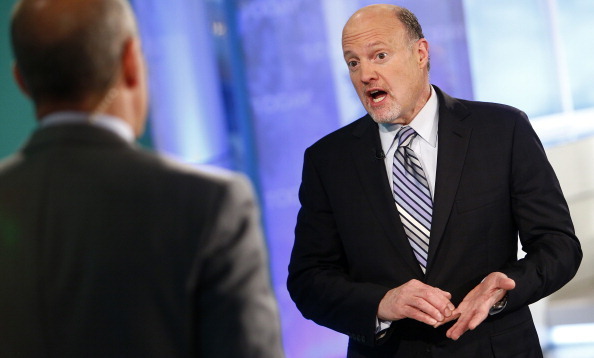
I’ve made some really good stock calls in my day, through comprehensive stock analyses on picks I’ve considered for my portfolio, like the stock that topped my list back in ’08 in my final year of business school, Allergan (AGN). It was a thoughtful investment idea that made a fortune on paper. Unfortunately, it amounted to no real gains because I never followed through. Instead, I took a professor’s advice, and put ten grand into ProShares UltraShort 20+ Year Treasury (TBT), an ETF that double shorts the U.S. Treasury Bond Index. “Interest rates have to rise,” my professor said. “They can’t stay at these lows for an extended period of time.” I didn’t know then that this specific professor was a Lehman Brother’s layoff, and high interest rates were the finance world, as he knew it to be back in his short-lived career on Wall Street.
Allergan allergan-web-cdn-static-prod.azureedge.net
Allergan
Allergan (AGN) was trading at $30 at the time, and its current 52-week high is well over $300. As we now know well, interest rates fell lower, and stayed at all-time lows for the next 8 years. TBT continued to drop, before reverse splitting 1 for 4 in 2012. I was left with $1k to show for my shares purchased for $10k, which had invested in Allergan at the time would have matured to $100,000. Of course, we can all go over ideas we failed to execute—scenarios that made us miss out on some serious cash. Yet even with all the worthy calls I’ve made since then, I’m still hesitant in my trading until I consult with someone I believe knows more. Knowing who to trust is important, and taking just anyone’s stock advice was a mistake I’d never make again.
Recently, I mentioned one of my stock ideas to a close friend who made his millions at his hedge fund. He understood my reluctance to trade, as it’s a common theme among all investors. He shared with me one of the resources he used to gain a competitive edge both as an individual investor, and in his professional endeavors to benefit his fund and its clients, Real Money, a membership-based website headlined by Jim Cramer.
Jim Cramerfm.cnbc.com
Cramer’s Real Money
One of Cramer’s biggest philosophies is that you have to pull the trigger, and Real Money would soon become my biggest ally as it provides me with the assurance I need to take the right course of action on great ideas. It’s a place where you can consult with professionals on your ideas and theirs.
Real Money members are privy to specific actionable investment ideas and the insights of more than 30 site contributors, who are not just journalists; they’re chartists, financial advisors, day traders, economists, and money managers who have clients of their own, and winning track records on Wall Street. All of the contributors are handpicked by Jim Cramer through his experience with them in the industry, and most of them are still professionally investing in the ideas they share with you in real-time.
The site features exclusive stock market information that individual investors would not be privy to otherwise. Take sell side technicians and chartists, for example, who have disappeared from investment banks because of the downward pressure on costs and commissions that drove Wall Street away from transactional business. They still power their hedge funds and mutual funds, but of course there’s absolutely no visibility there. Real Money’s in-house chartist, Bruce Kamich has a 40-year career with a number of bulge bracket firms. He’s spotted some huge trends he shared with us and executed on, like the gold stocks, where he recommended NovaGold and Yamana Gold, both for some very big gains. His charts also showed aggressive accumulation in Joy Global ahead of a very large takeover bid. His writing is breezy, and palatable with visuals that make sense.
Make the most of your moneys.thestreet.com
You can follow along in the Real Money Ideas section to see which contributors’ ideas pan out, and decide who to follow. Members often weigh in with their opinions, or ask questions on the site, and the contributors reply to us inline. You can even contact any site contributor via email, including Jim Cramer. I haven’t emailed Jim yet, but Roger Arnold always responds. (In case you haven’t heard of Roger Arnold, he’s an accomplished economist currently serving as chief economist for ALM Advisors, a money management firm specializing in income-generating portfolios.)
Now, I only take investment advice from professionals who know what they’re doing, and exercise transparency in the returns they have to show for it. Not Lehman Brothers’ layoffs or the ones responsible for the financial crisis of ’08, but rather the money managers that prevailed even during times of hardship, who give us an inside look at what they’re trading day in and day out with real money on the line.
Update: The folks at TheStreet are extending a special offer to our readers! Follow this link to get Real Money FREE for 14 days with no obligations! (It’s also discounted to just $3/week if you choose to continue with membership.)
